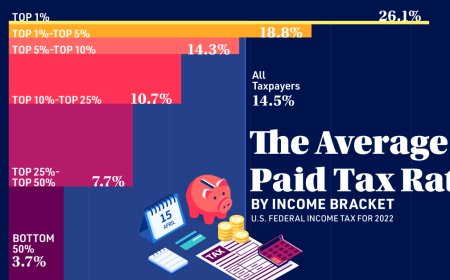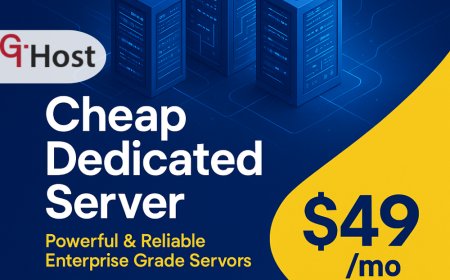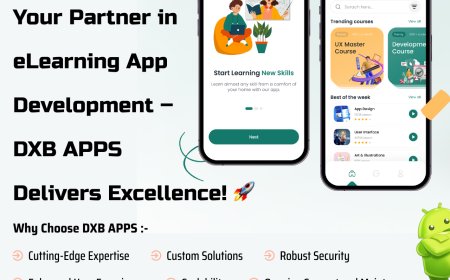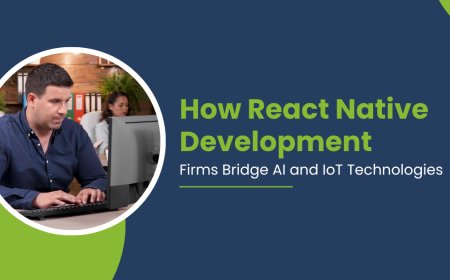MongoDB Made Easy: A Practical Tutorial for New Developers
Learn MongoDB with this beginner-friendly tutorial covering installation, CRUD operations, data modeling, indexing, and aggregation. Perfect for developers and students looking to build scalable, NoSQL-based applications efficiently.
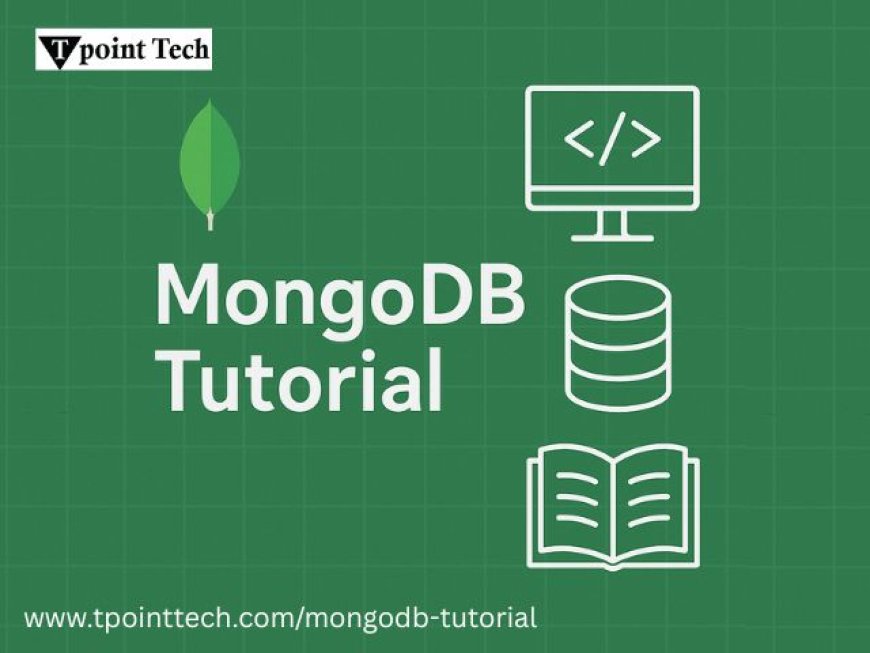
Introduction
In the fast-paced world of modern application development, choosing the right database is crucial. With the rise of unstructured and semi-structured data, NoSQL databases have become a vital component of a developer's toolkit. Among them, MongoDB stands out as a flexible, powerful, and beginner-friendly choice. If you're just stepping into backend development or exploring database technologies, this guide titled "MongoDB Made Easy: A Practical Tutorial for New Developers" will help you understand and work with MongoDB through a hands-on, real-world approach.
What is MongoDB?
MongoDB is a popular open-source NoSQL database that stores data in JSON-like documents, known as BSON (Binary JSON). Unlike traditional relational databases, MongoDB doesnt require predefined schemas, which means developers can store varied data structures in a single collection. This makes MongoDB incredibly flexible and ideal for projects that need to evolve quickly, whether it's a simple web app or a large-scale enterprise system.
MongoDBs dynamic schema design, horizontal scalability, and powerful query capabilities make it a go-to solution for developers building modern applications. Whether you're working with Node.js, Python, Java, or any major programming language, MongoDB integrates easily, allowing developers to get started quickly and build faster.
Why This MongoDB Tutorial is Perfect for New Developers
This MongoDB Tutorial is tailored specifically for beginners who want to understand MongoDB from the ground up. Rather than overwhelming you with theory, this tutorial focuses on practical learning. By following real-life examples and interactive steps, youll gain hands-on experience in working with MongoDB, making the learning process smoother and more engaging.
We cover everything a new developer needs to know, from installing MongoDB on your system to designing efficient schemas, writing queries, indexing data, and even understanding advanced features like aggregation and replication. Each section of this tutorial is structured to build your confidence and give you real skills you can apply in your projects.
Key Topics Covered in This MongoDB Tutorial
1. Introduction to NoSQL and MongoDB
Youll begin with an overview of NoSQL databases and how MongoDB fits into the picture. Learn the key differences between SQL and NoSQL, and understand why MongoDB is the preferred choice for many modern developers.
2. Installing MongoDB
The tutorial walks you through the step-by-step installation of MongoDB on Windows, macOS, or Linux. It also introduces MongoDB Compass, a user-friendly GUI, and MongoDB Shell, the command-line interface for managing your database.
3. MongoDB Basics: Databases, Collections, and Documents
Youll learn how MongoDB organizes data using databases, collections, and documents. Practical examples help you understand how to create and manipulate these components with simple commands.
4. CRUD Operations
Mastering CRUD (Create, Read, Update, Delete) is essential in any database system. This MongoDB Tutorial provides clear instructions and examples on how to insert data, retrieve it with queries, update fields, and delete documents using both shell and GUI tools.
5. Data Modeling Best Practices
New developers often struggle with efficiently structuring data. This tutorial explains when to use embedded documents versus references and shares tips on designing schemas that are both flexible and performant.
6. Indexing and Query Optimization
Performance matters, even in early-stage projects. Learn how MongoDB uses indexes to speed up query execution. The tutorial also demonstrates how to analyze and improve queries using MongoDBs explain feature.
7. Aggregation Framework
Understand MongoDBs powerful aggregation pipeline to perform advanced data transformations, summaries, and analytics. Real-world scenarios such as grouping sales data or calculating totals are covered in a beginner-friendly way.
8. Real-World Project Example
Theory is great, but practice is better. This tutorial includes a mini-project where youll build a simple task manager or blog using MongoDB and a backend framework, such as Express.js. You'll apply all the concepts you've learned and see how MongoDB works in a real application.
9. Bonus: Introduction to Replication and Sharding
For those curious about scalability, the tutorial gives a basic overview of how MongoDB handles replication for high availability and sharding for horizontal scaling, all in simple terms suited for new developers.
Do you know who should use this tutorial?
This MongoDB Tutorial is perfect for:
-
Beginner developers looking to add database skills to their toolkit.
-
Students and learners working on personal projects or academic assignments
-
Junior backend developers exploring NoSQL solutions
-
Web developers integrating MongoDB with Node.js or Python
You don't need any prior experience with databases. Weve crafted the content to ensure that each concept builds logically upon the previous one, making learning MongoDB intuitive and rewarding.
Final Thoughts
Learning a new database system can be daunting, but with the right guidance, it becomes an exciting and rewardingjourney. MongoDB makes data management simpler and more efficient, especially for developers building modern, scalable applications. Through thisMongoDB Tutorial, youll not only understand how MongoDB works but also how to use it effectively in real-world projects.
Whether youre building your first app or exploring new backend technologies, MongoDB Made Easy will be your go-to guide. Start today and take your first step into the world of NoSQL with confidence!













